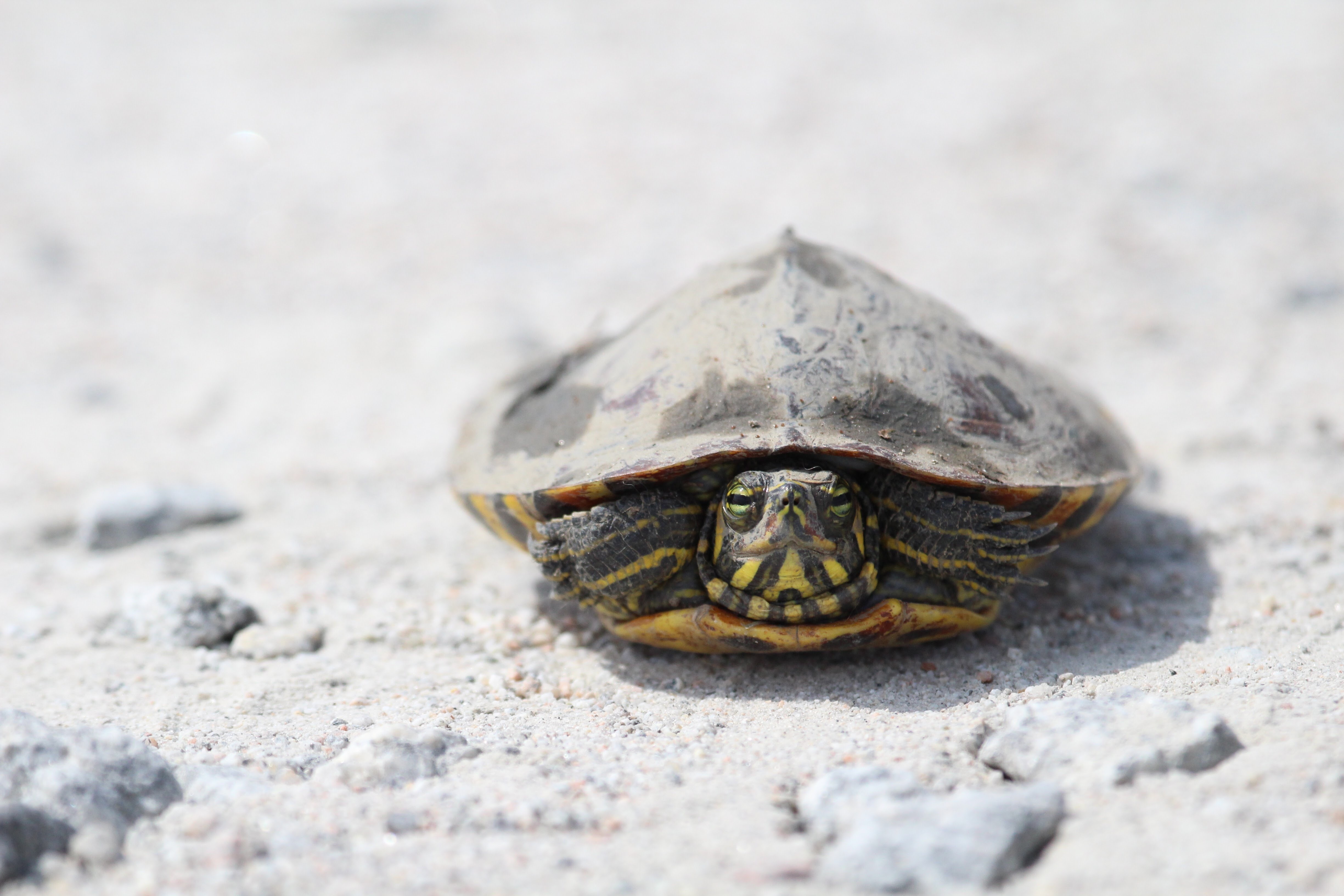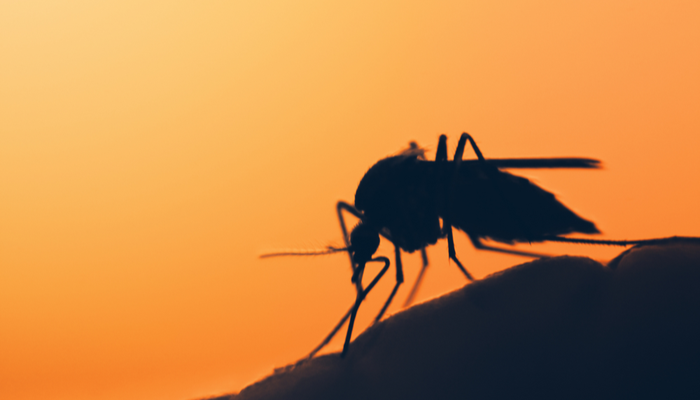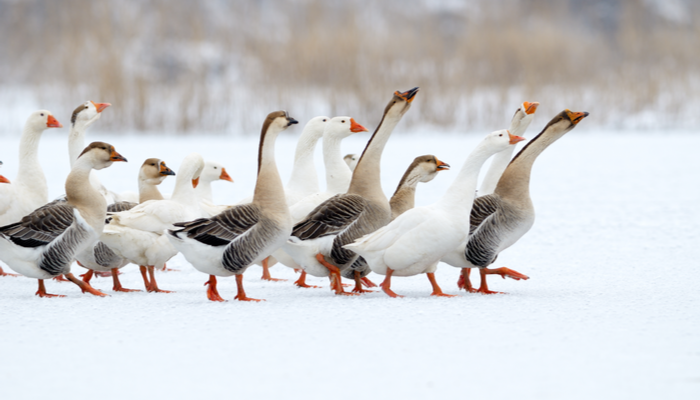If you follow us on social media, you’ll note that we regularly share the best science stories from around the web that inspire, amuse, and educate us here at BioStrata HQ. And because we know how busy you all are, we thought we should also share these stories with you via our blog. That’s right – we keep up-to-date on all the latest science news, so you don’t have to!
So fasten your seatbelts, electrify your shark jelly, and prepare your brain for imminent enlightenment – here are our top five science stories from May 2016.
 Image: Shutterstock
Image: Shutterstock
Turtally un-shellfish
It is common knowledge among all animal addicts that baby turtles, once hatched, emerge violently from their sand-dungeons like the titans of Greek myth. It would seem, however, that rather than it being a hunger-games like scramble for survival, where day-old friendships are destroyed in the name of freedom, the hatchlings instead employ group-digging or ‘social facilitation’ behaviours. This significantly reduces their own, individual digging time and energy use, by all pitching in together like some sort of tiny reptilian community project. Who knew?
Bacter-buddies – how humans are being ganged up upon
It would appear that bacteria have decided that the global war on bacterial resistance has become too easy for humans, so they’ve decided that a little bit more cooperation on their part is probably required, just to keep things interesting. A new study from MIT published last month has found that two strains of bacteria, each resistant to a different antibiotic, can offer protection to one-another in an environment containing both drugs. Focusing on two strains of E. coli, one of which was resistant to ampicillin, the other chloramphenicol, the researchers observed that, while producing enzymes that resist the antibiotic by breaking it down, they also provide passive resistance to their comrades by clearing the environment of the antibiotic completely. As if antibiotic resistance wasn’t enough of a problem, now they are helping each other!
A pained expression
That solid-gold quote machine, Oscar Wilde, once said “memory is the diary that we all carry with us”. Typically, Wilde continues to prove that he was far smarter than even he knew. Last month, a study from King’s College London has provided us with another clue as to why chronic pain persists, even when injury is long gone. Following injury, the nervous system can often remain in an overly-sensitive state, leading to long-lasting chronic pain and discomfort. Researchers studying such nervous systems in mice found that nerve damage produces epigenetic changes, which can act as ‘molecular footprints’ that, while the cells regain normal function, can leave the cell with the lasting ‘memory’ of the ouchie.
Coming this fall: When Jaws met Edison
Some people never learn. Taking one of the world’s scariest animals, with a mouth the size of a small city and too many teeth to count (not that that should ever be your priority when you’re that close), it would seem that scientists are providing sharks with yet another superpower; to harness electricity. Ok, not exactly, but it turns out that shark jelly is a good conductor, and that’s awesome. Here’s how it works. Sharks, skates, and rays produce a thick, gloopy jelly-like substance that has the highest proton conductivity ever reported for a biological material (and is only 40 times lower than the current, state-of-the-art proton-conductor). Who knows what cool applications may come of this technology? And maybe the Australian government will soon be making full rubber onesies mandatory clothing for all its citizens, just to be on the safe(r) side.
Share the love!
Groupwork. The magic words. Just seeing them written here fills me with an overwhelming sense of jubilation, and I find myself looking across the room, seeking out my BioStrata teammates and wondering what outrageously creative ideas we can come up with as part of our next infographic brainstorm. While teamwork has always been one of our core values, it would seem that our immune systems might even be able to work together to destroy cancer cells. These types of immunotherapy approaches are a hot topic right now, and, as an example, scientists from the Netherlands Cancer Institute and the University of Oslo have shown that if a patient’s own immune system cannot fight a tumour, someone else’s immune cells may be able to step in. By adding mutated DNA from a patient’s tumour cells into immune stimulating cells from a healthy donor, researchers were able to create an immune response in the healthy cells. They then took these ‘primed immune cells’ from the donor and put them into the cancer patient, leading to recognition of the cancer cells from the patient’s own immune cells! Anyone who doesn’t think this is cool is probably just being deliberately inflammatory.
If you’d like to be kept up to date with all the latest news in science and marketing, subscribe to our monthly newsletter. Always valuable, interesting content. Never any spam.





